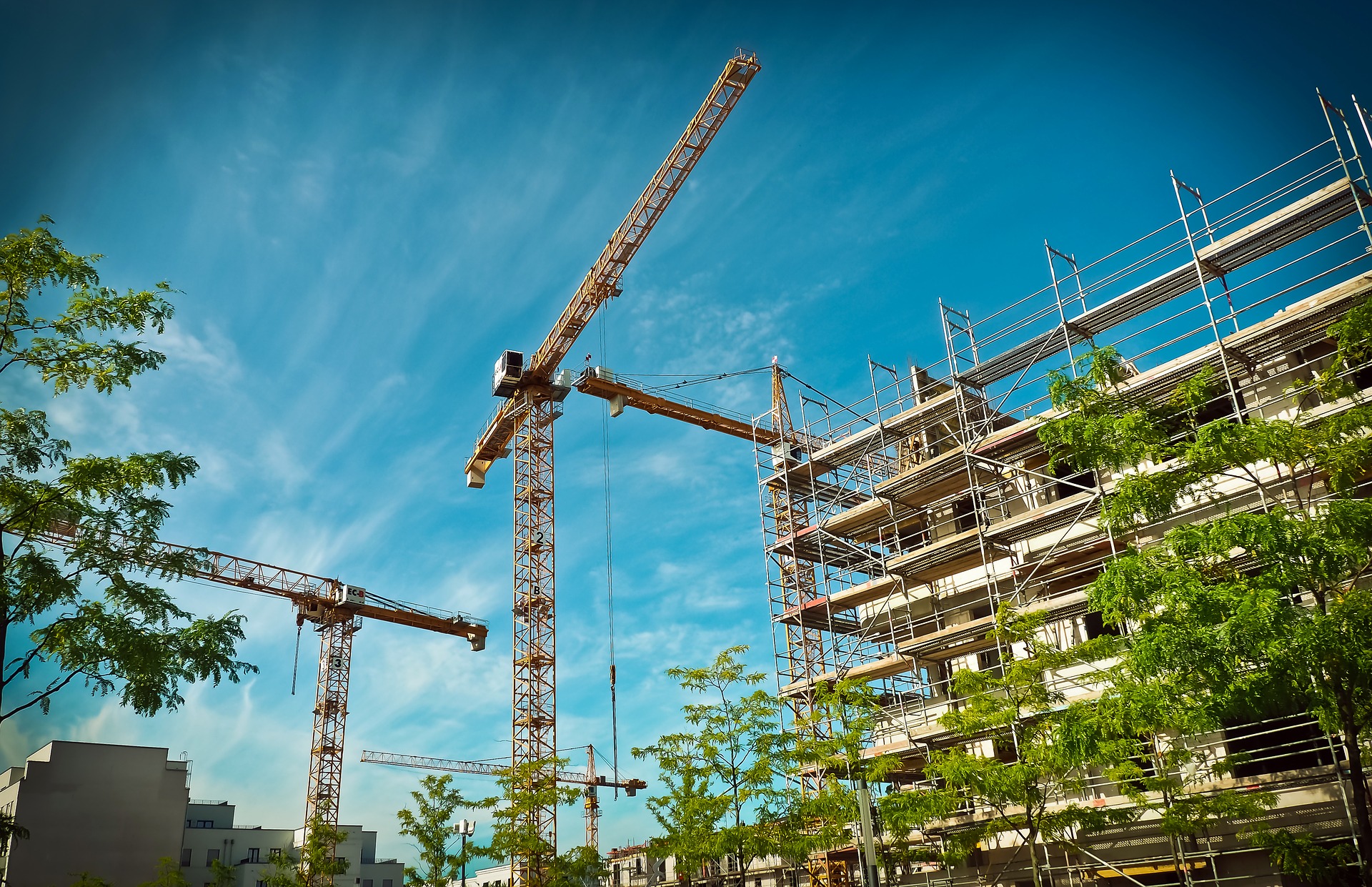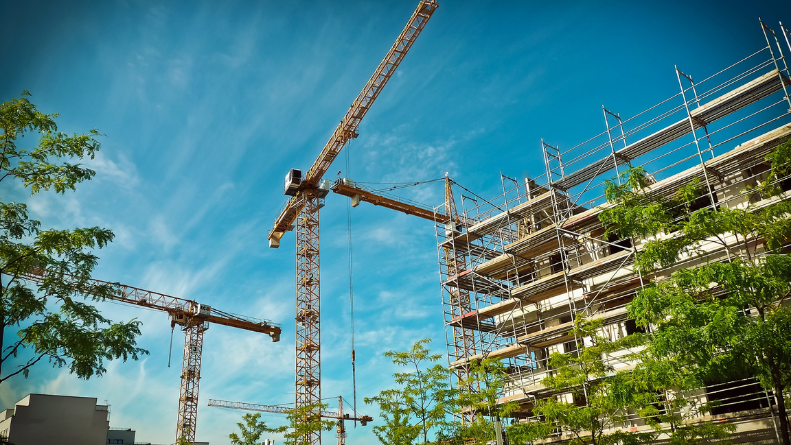Off-Site Manufacturing: The Future of Homebuilding
The UK is facing a protracted housing crisis and will require solutions from a variety of innovations to help resolve it. It won’t happen overnight. Off-site manufacturing, sometimes called modular manufacturing, is one way in which the housing sector can help mitigate the chronic shortages.
The UK housing crisis is a complex issue and cannot be reduced to just one or two things, but what we do know for certain is that a principal way in which it is lagging is in the number of houses being built and the speed and efficiency with which they are built. The UK needs at least a quarter of a million new homes built every year, and this with a construction industry that only has about 1% growth per annum.
Both the UK government and industry are starting to recognise the significant benefits of off-site manufacturing in helping to meet demand for housing. However, more can be done to help bring this construction technology to productivity, speed up house building and reduce the price.
This construction technology can help mitigate both staff and material shortages, which has been a major issue for many businesses in recent years.A combination of factors is conspiring to impact skilled labour availability, such as Brexit, poor productivity, a pandemic, and an ageing workforce. Furthermore, with ongoing supply chain and material sourcing issues, construction materials have dramatically increased in price, necessitating construction technology that can help reduce costs through innovative manufacturing processes and better waste management.
Local authorities are looking closer at this technology to help them speed up house building and reduce costs. Croydon Council, for example, granted planning permission for the world’s tallest modular buildings to be constructed, comprising of a 44-story and a 38-story building with the intention of renting out 546 new homes. The developer on this project has experience with modular construction and has already successfully built Europe’s tallest modular tower, comprising a 29-storey student accommodation tower in north London.
Benefits of off-site manufacturing
The reasons for the growing interest in this construction technology are numerous. Over traditional construction methods, it offers an improved speed, environmental sustainability record (for example, better waste management), and cost savings.
The off-site manufacturing phase can commence at the same time as the site is being prepared for construction, ensuring that little time is wasted during the project. Using conventional methods, building work can only start once the site has been thoroughly set up and prepared, something that can be time-consuming and susceptible to setbacks. In addition to this, adverse weather conditions can cause delays, and off-site manufacturing does not suffer from the same upsets. With all the time-savings benefits taken in aggregate, off-site manufacturing can reduce the start-to-finish construction time by as much as 50%, representing a substantial cost and time saving.

Fabrication of parts takes place in a controlled factory environment and to a high precision, uniformed standard with fewer defects. With economies of scale and with scope for further improvement with automation, further cost savings are no doubt on the horizon when compared to more traditional construction techniques.
When compared to countries like Sweden, Germany, and the United States, however, the UK has been slow in the uptake of this technology. There are numerous reasons for this, and fortunately, they are starting to be addressed. Some reasons include the necessity for significant up-front investment funds in building an off-site factory. In past times, lenders have been more reluctant to lend on projects that involve buying prefabricated homes. To help address this, warranty schemes are being introduced, and more and more lenders are now willing to lend for the purchase of off-site manufactured homes.
Another reason impacting the slow uptake of this construction technology has been the low number of developers with experience in modular construction. For successful off-site manufacturing to occur, a well-coordinated effort must be made with the input of vast amounts of up-to-date and accurate data. For this reason, advanced digitalised information systems have been developed to help manage a common data environment, allowing for real-time data and collaborative effort during the whole construction process.
Like with many other technologies, off-site manufacturing has developed and evolved in tandem with other necessary technologies, like robotics and AI, to reach the level of success it has found to date.
One thing is for certain: off-site construction manufacturing is here to stay and will only evolve and become even more efficient, helping the UK, and indeed other countries, build at a faster pace and reduce costs. Along with other construction and PropTech innovations, off-site manufacturing is contributing to a more efficient and productive property sector.
ARE YOU READY TO START INVESTING?
Subscribe to our mailing list now for exclusive deals, investment guides and the latest information from the property market.







